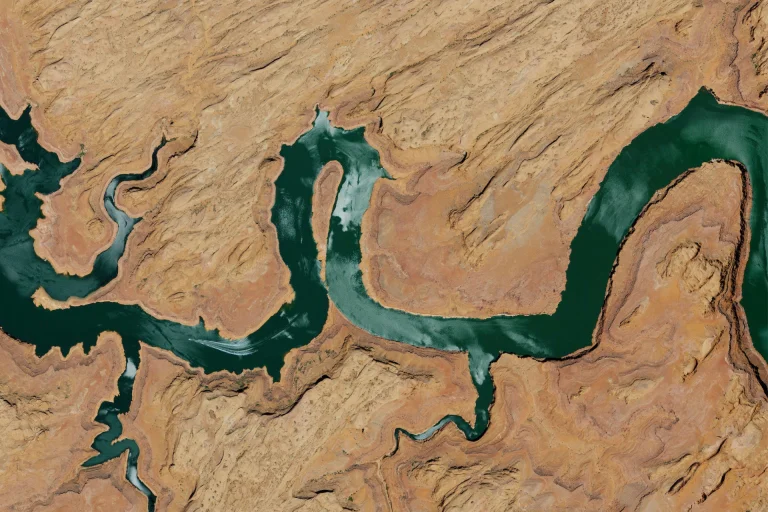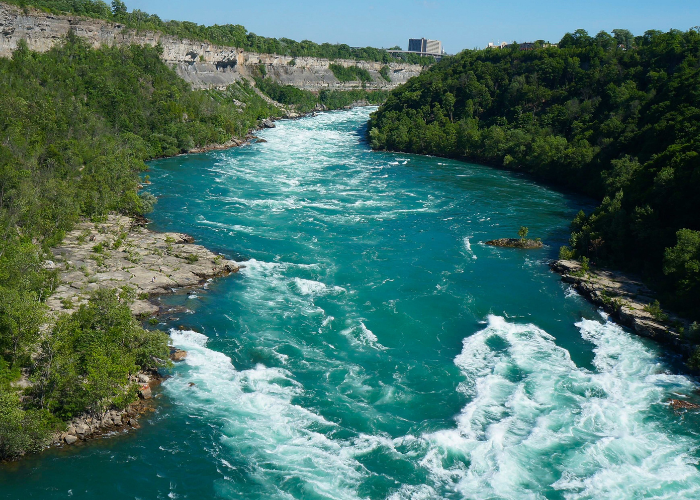X
About the benchmark
This is the second benchmark report evaluating water stewardship practices among the 71 companies on the Valuing Water Finance Initiative focus list. This report assesses how these companies from four water-intensive industries – food, beverage, apparel, and high-tech—are making progress toward achieving the 2030 ambition of the Corporate Expectations for Valuing Water.
Download the 2025 methodology and the dataset to learn more.
.png)
.png) This report makes it clear that companies are advancing water stewardship, but progress across the Expectations is uneven and isn’t happening fast enough. As 2030 nears, the assessment points to how companies can strengthen strategies for addressing water risk and build resilience, keeping the Corporate Expectations for Valuing Water at the forefront of their efforts.
This report makes it clear that companies are advancing water stewardship, but progress across the Expectations is uneven and isn’t happening fast enough. As 2030 nears, the assessment points to how companies can strengthen strategies for addressing water risk and build resilience, keeping the Corporate Expectations for Valuing Water at the forefront of their efforts.
X

